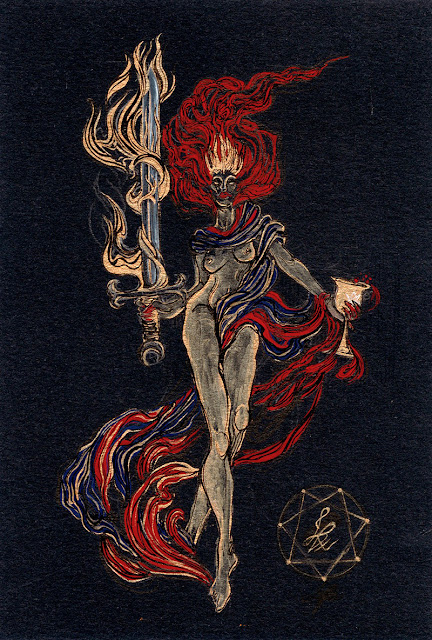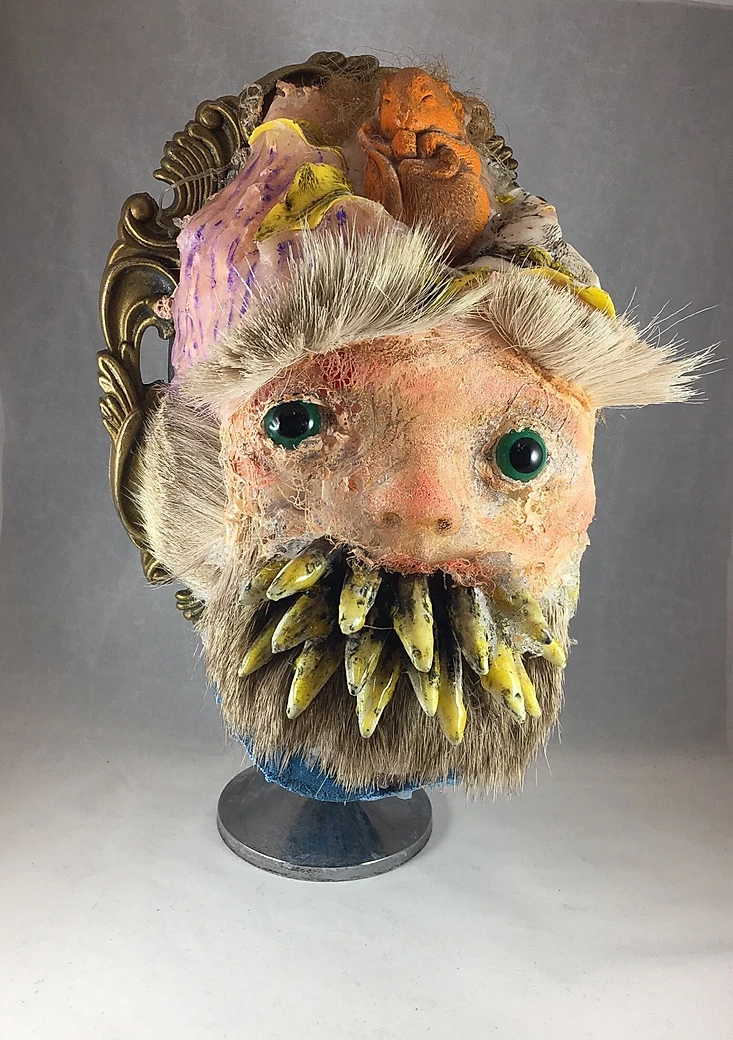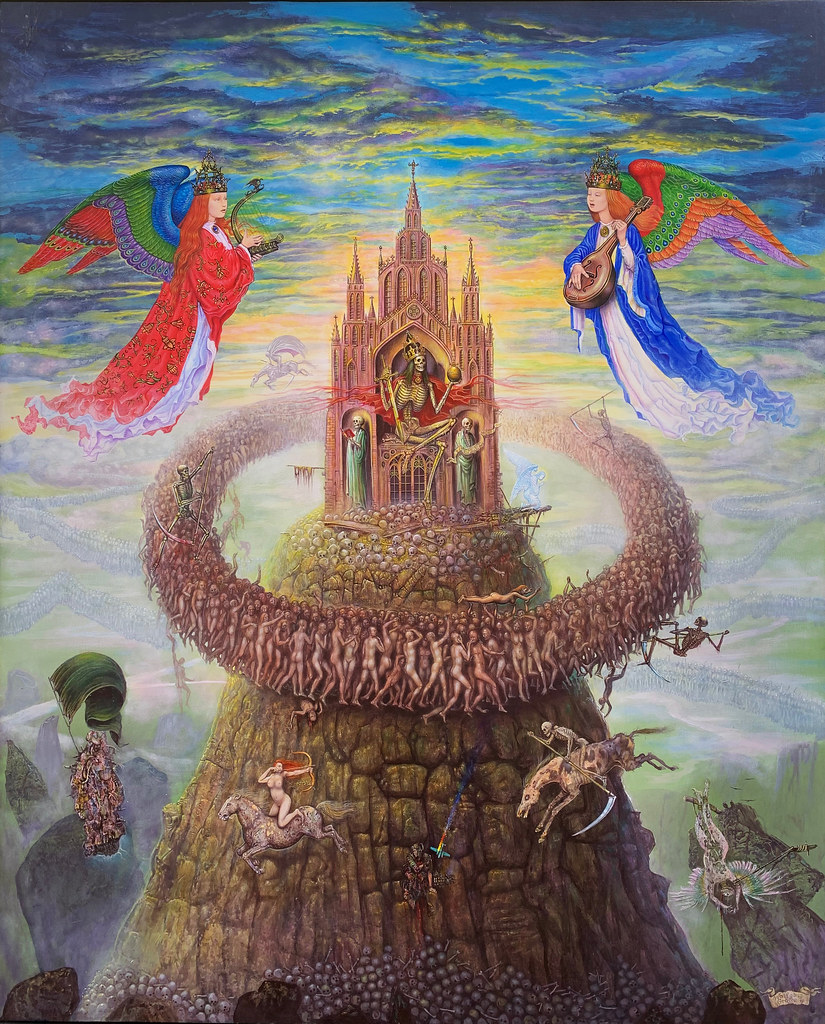"..and so pass through the matrix of memory and through
The archetype that defined the first vision and set our Parameters
To an inner meaning without external references,
THE THIRD.DOOR
Witches?
Poor Devils
Each of the paintings has a true circumstance…and the result of my ‘being there’
My general observation of my contribution was, as I wrote at the time
‘When reason sleeps in the minds of the wise
Witches burn and demons rise’
THE ART OF RAY ROBINSON: THE THIRD DOOR
by Charlotte Rodgers, October 6 2016
‘NO ONE CAN MAKE A JAPANESE TEA CEREMONY BOWL..THEY GROW FROM THE HANDS OF THE MASTER AND THE NEEDS OF THE CLAY…THE MASTER ALLOW"
Ray Robinson
History is littered with visionaries who change our perception, Often, in these people’s lifetime their work, their art is only glimpsed out of the corner of an eye and whilst it changes you, the change isn’t necessarily acknowledged at source.
It usually takes another visionary to stop, pause and recognise the impact. Rarely is the originator of the change of awareness still alive at this moment of recognition.
I often wondered what it would be like to communicate with one of these iconoclasts. If I met Austin Osman Spare for instance, would I have the ability to recognise him, to pause, and open myself up to a different way of seeing?
I first encountered Ray Robinson’s work when I was interviewing Gallery Owner and Art Dealer Stephen Romano, and I found it to be some of the most powerful art I’ve come across.
Stephen suggested I contact Ray, and thus started one of the most magical mystery tours of an interview I’ve ever done.
Now I’ve interviewed many artists and spiritual teachers, but this particular conversation fell into neither camp and was in a league apart from both.
A good interviewer adapts themselves to the individual rhythm and dance of those they are conversing with and there can be a huge variation in movement.
In this particular instance I have been challenged, insulted, taken on mystical journeys, had the most incredible dreams, but never, NEVER had a question directly answered.
Truth to tell I loved the process, infuriating as it was at points.
The following relates portions of conversations with a great artist who will change you. Recognise it, allow it, and for gods sakes try and see Ray Robinson’s work in actuality.
Ray, I’m not a formally trained art critic so this discussion won’t be focused on academic interpretation of your work. Hopefully you wont be insulted by any ignorance on my part but instead regard it as way to communicate as freely as you want without having to adhere to any particular approach.
I’ve read your ‘Grandmother Chronicles’ which perhaps gives an insight into your structuring of reality and art.
Words are often so limited but this is an astounding piece of writing.
The trauma of leaving your home in WW2 London, going to stay at your grandmother’s and undergoing an initiation of sorts into different perceptions of vision and interpretation is wonderful, as is the way you describe the re-presentation of perceptions of light, time and space.
Now it would be easy for me to turn this into a conversation where I grill you about aspects of your work that I’m personally fascinated by, constantly interrupting you with my irritating over enthusiastic asides, but I won’t. I am an untrained artist who has written a few books and my personal creative interests, what I focus on and what I often write about, are spirituality and power that are contained within objects and art. The older I get the more I realise that the line between art and magic is so fine as to be non existent.



























































